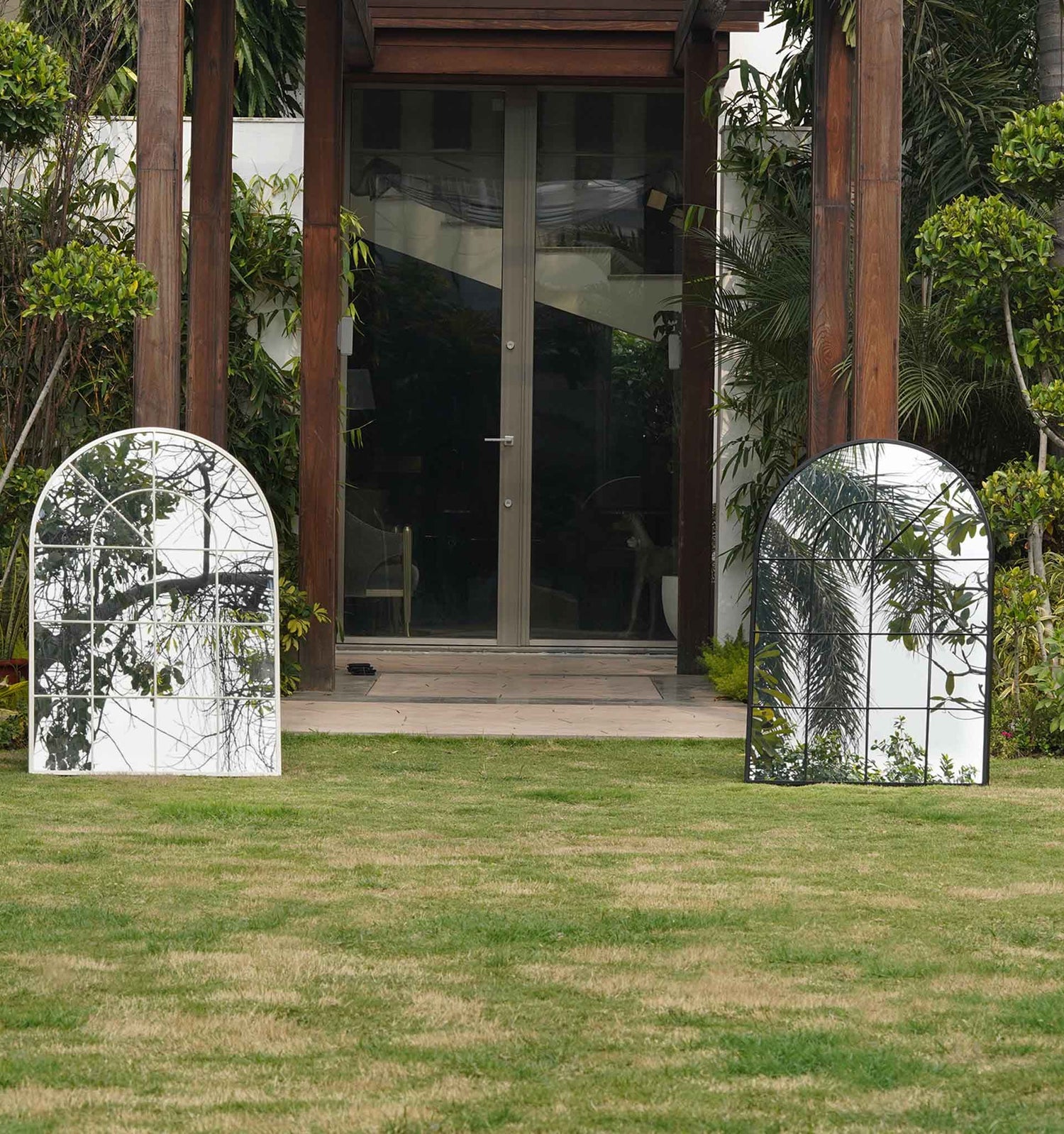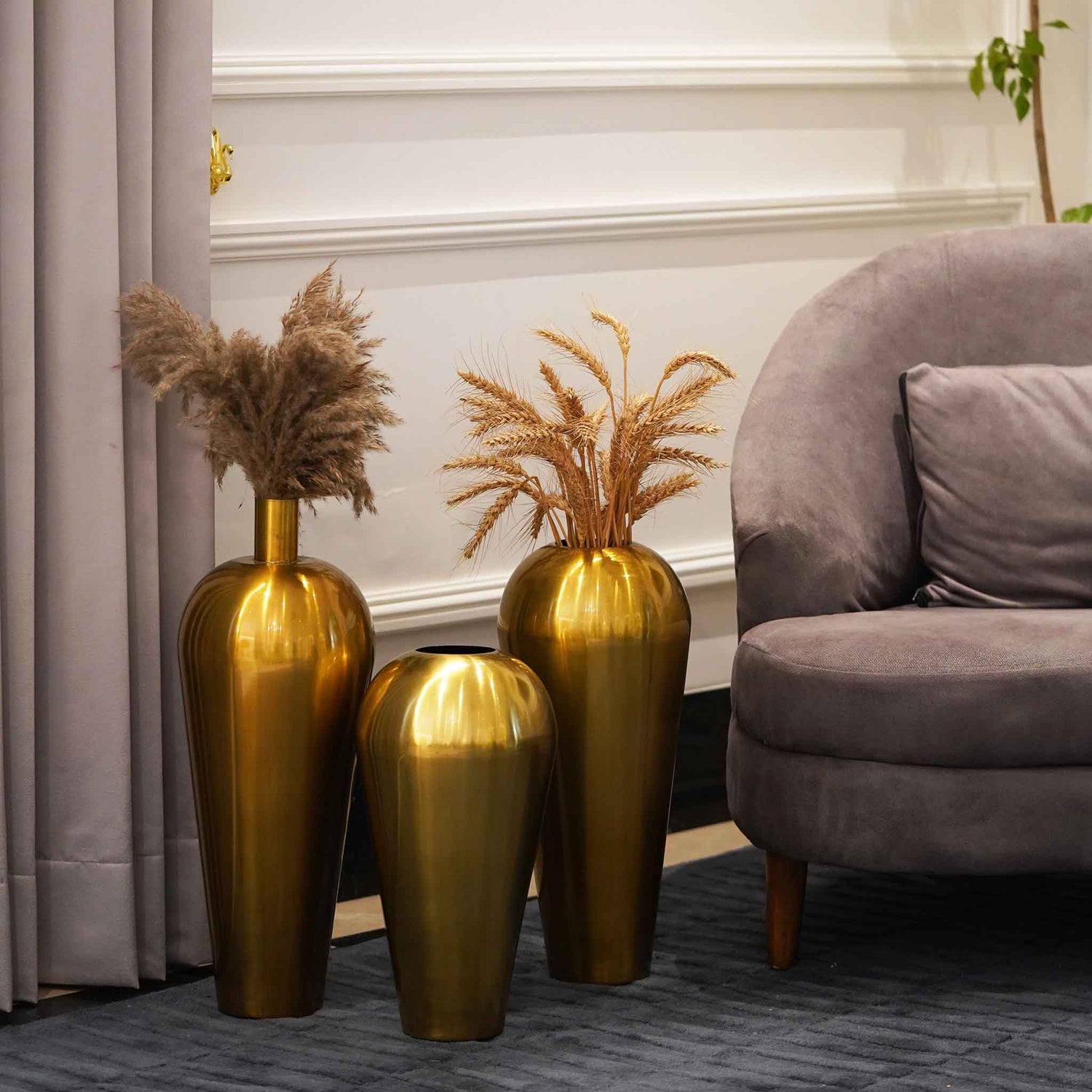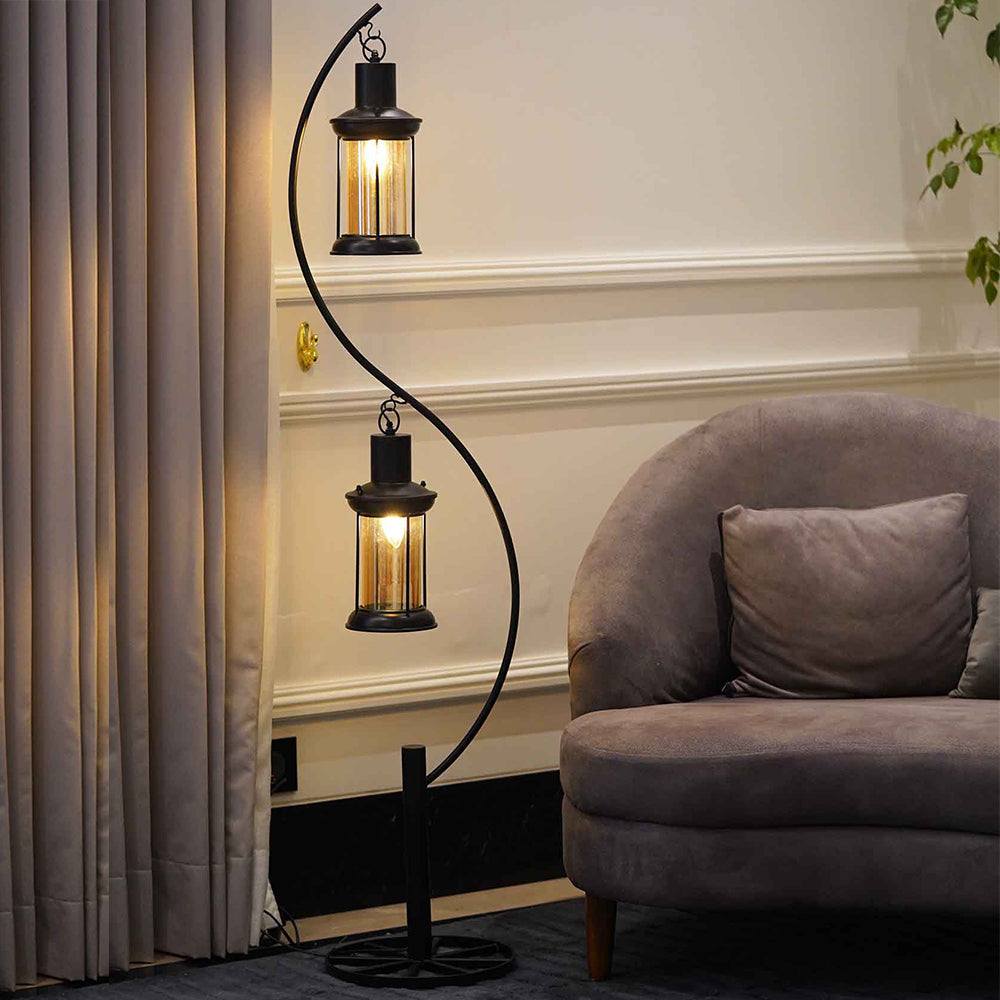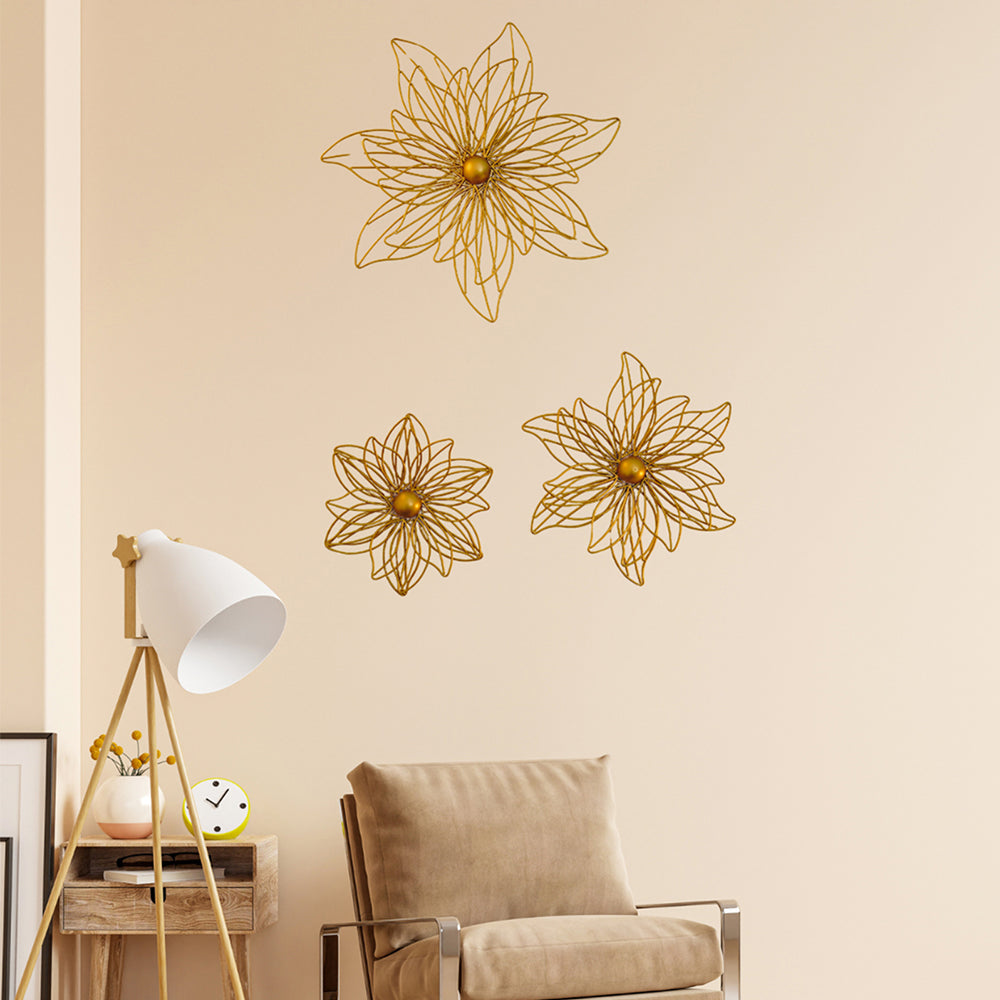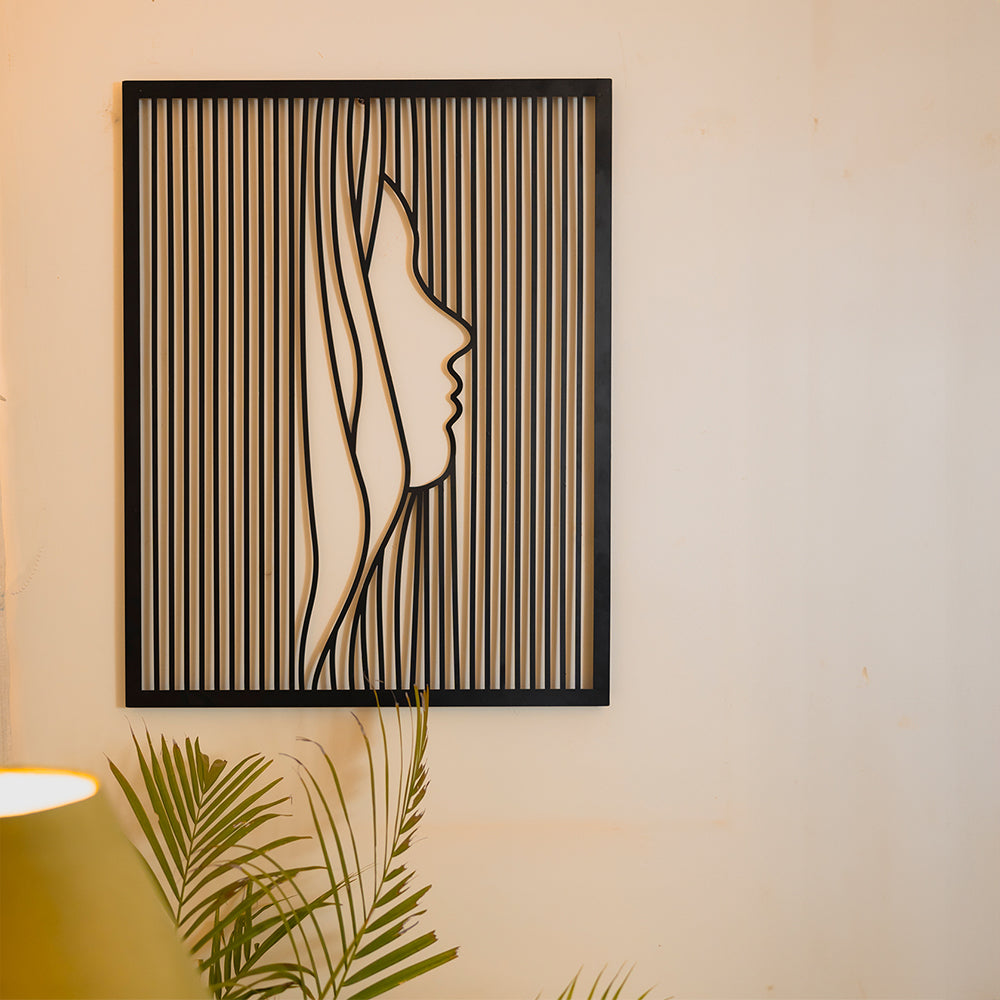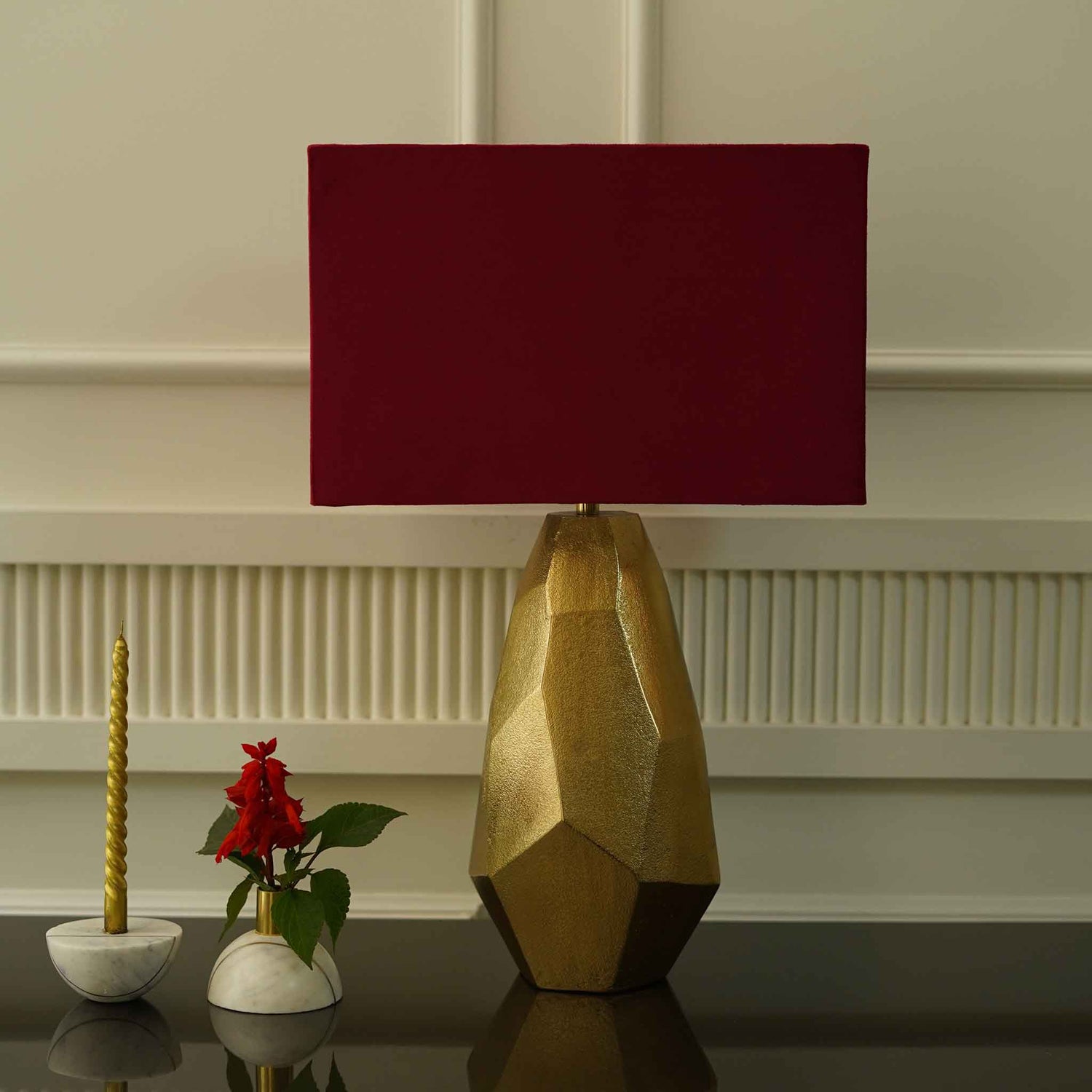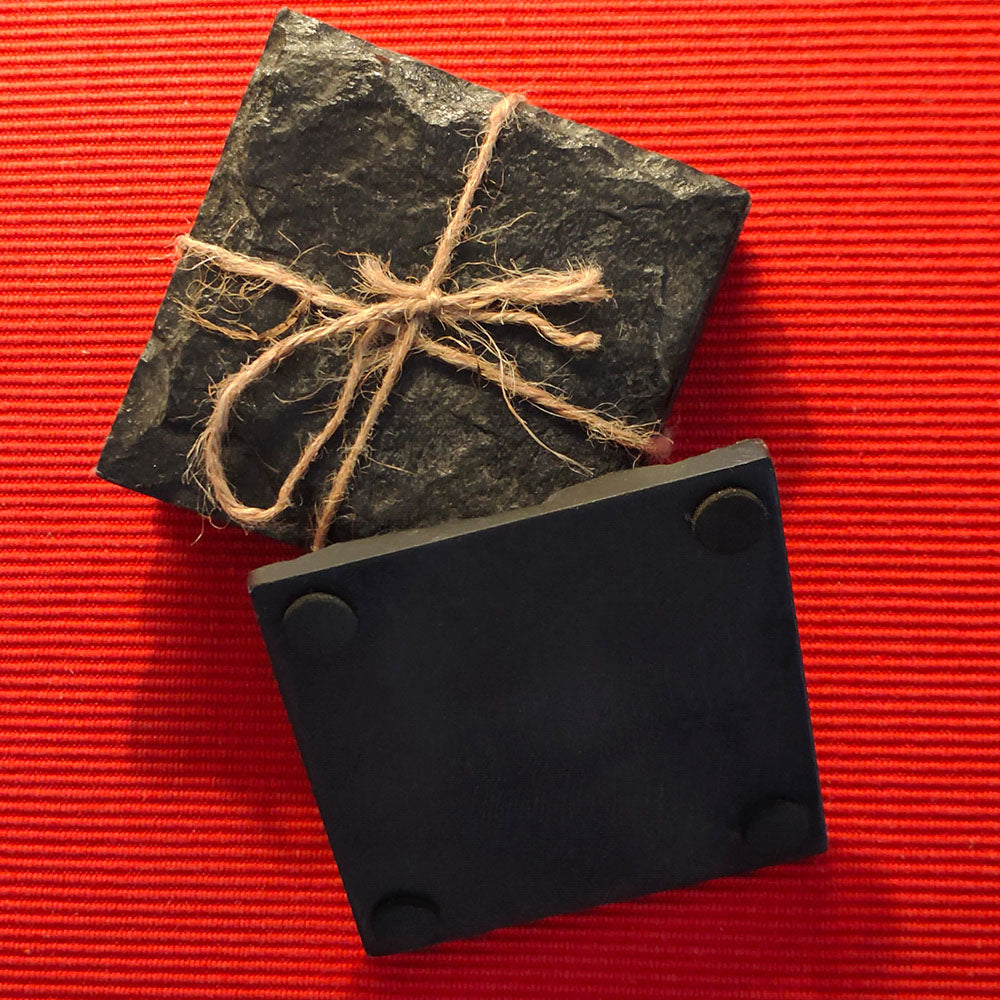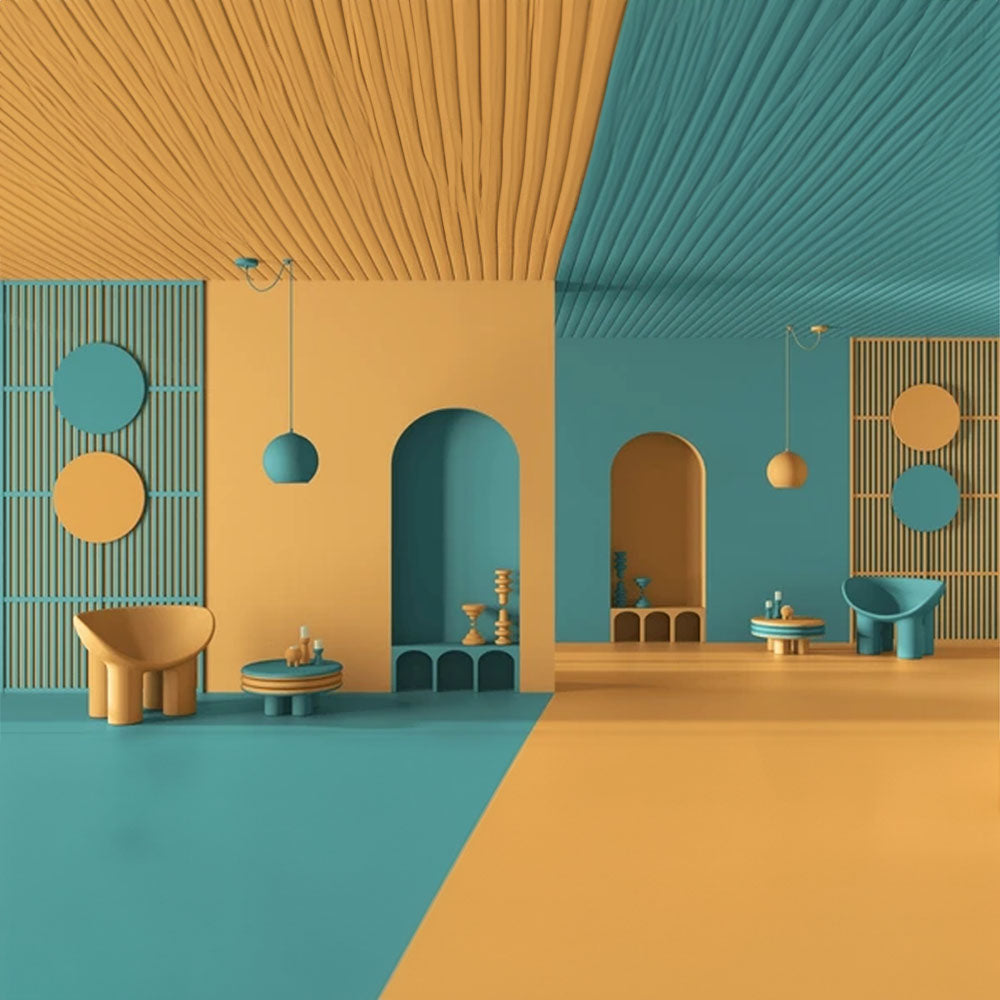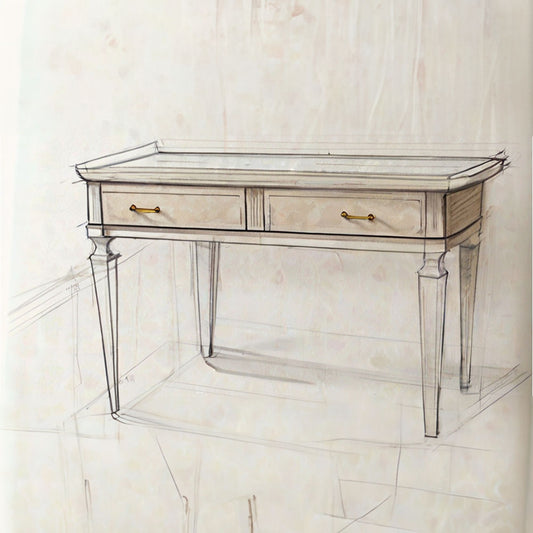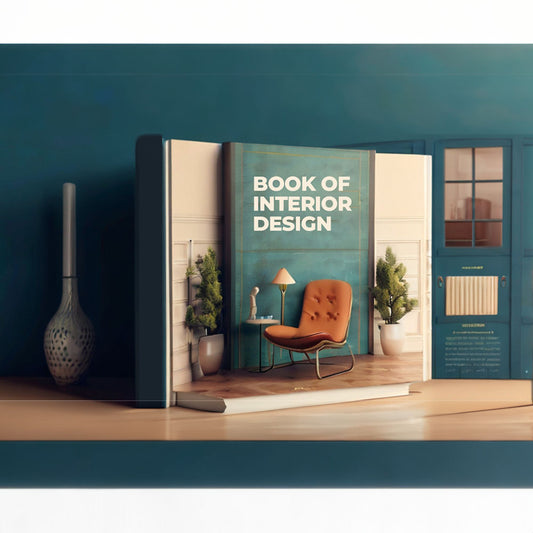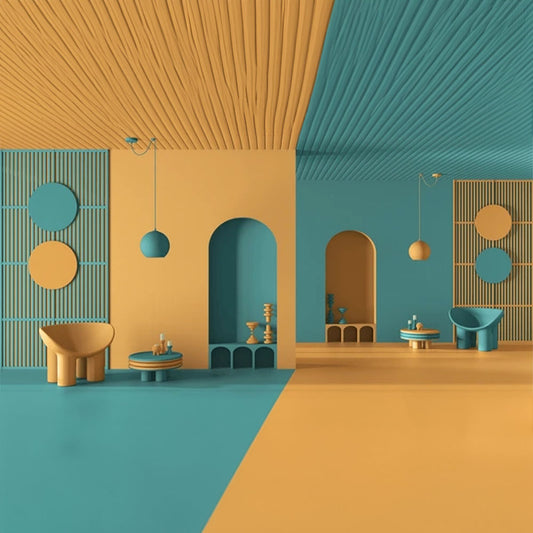In the nuanced world of interior design, achieving a cohesive look is akin to conducting a symphony. Each piece of decor plays its part, contributing to a collective beauty greater than the sum of its parts. Understanding how different decor elements complement each other is key to curating spaces that resonate with balance and beauty. Here, we delve into principles that guide the pairing of decor categories and pieces, steering clear of common design pitfalls.
The Unity of Color and Pattern
Color Harmony: Begin with a base color that sets the tone for your room. Complementary colors, found opposite each other on the color wheel, can create vibrant dynamics without overwhelming. A wall art piece in soothing blues can be beautifully offset by accents in warm oranges, offering a visual pop that enlivens the space.
Pattern Play: Mixing patterns adds depth but requires a careful balance to avoid clashing. Combine larger prints with smaller ones, keeping a consistent color palette across different elements like rugs or throw pillows. The key is cohesion, not competition, among patterns.
Material Matters: Textures That Talk
The interplay of textures can dramatically enhance the tactile and visual comfort of a room. Smooth, reflective surfaces of metal or glass decor, like mirrors and metallic vases, elegantly contrast with the organic, rough textures of wood or fabric. This juxtaposition invites the eye to travel and the hand to touch, enriching the sensory experience of the space.
Scale and Proportion: The Size Symphony
An oversized wall clock can anchor a large, bare wall, creating a focal point that grounds the room’s decor. Conversely, a collection of smaller tabletop decor items can clutter a space if not thoughtfully arranged. Consider the scale of your room and furniture when selecting decor pieces, aiming for a proportion that enhances, not overwhelms, the space.
Functionality and Form: A Design Dialogue
Decor should not only please the eye but also serve a purpose. An artfully designed lamp not only illuminates but also acts as a sculptural piece that adds to the room's aesthetic. Similarly, a book-end marries utility with style, organizing your collection while contributing to the room's decor narrative.
Avoiding Decor Dissonance
A common blunder is overcrowding a space with too many statement pieces, leading to visual chaos. Instead, choose a few key items that truly speak to you and complement them with subtler pieces. Balance is also crucial in mixing eras and styles; a vintage mirror can complement contemporary furniture if tied together through color, material, or form.
Conclusion: OTD’s Final Note
Complementary decor is about creating a space that reflects your style and meets your functional needs with grace. It’s about striking a balance between variety and unity, where every piece feels at home in the arrangement. As you curate your space, remember that design is a personal journey—one where the rules are guides, not constraints.
Discover our curated collections designed to inspire your complementary decor endeavors.

